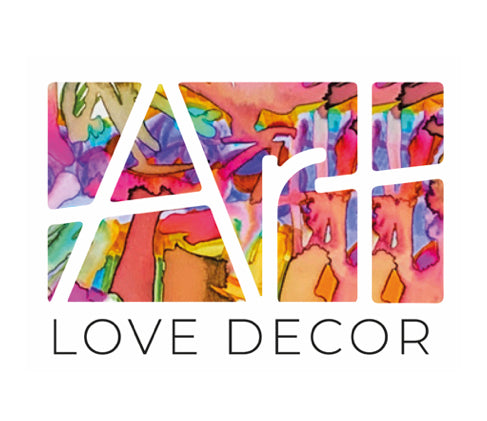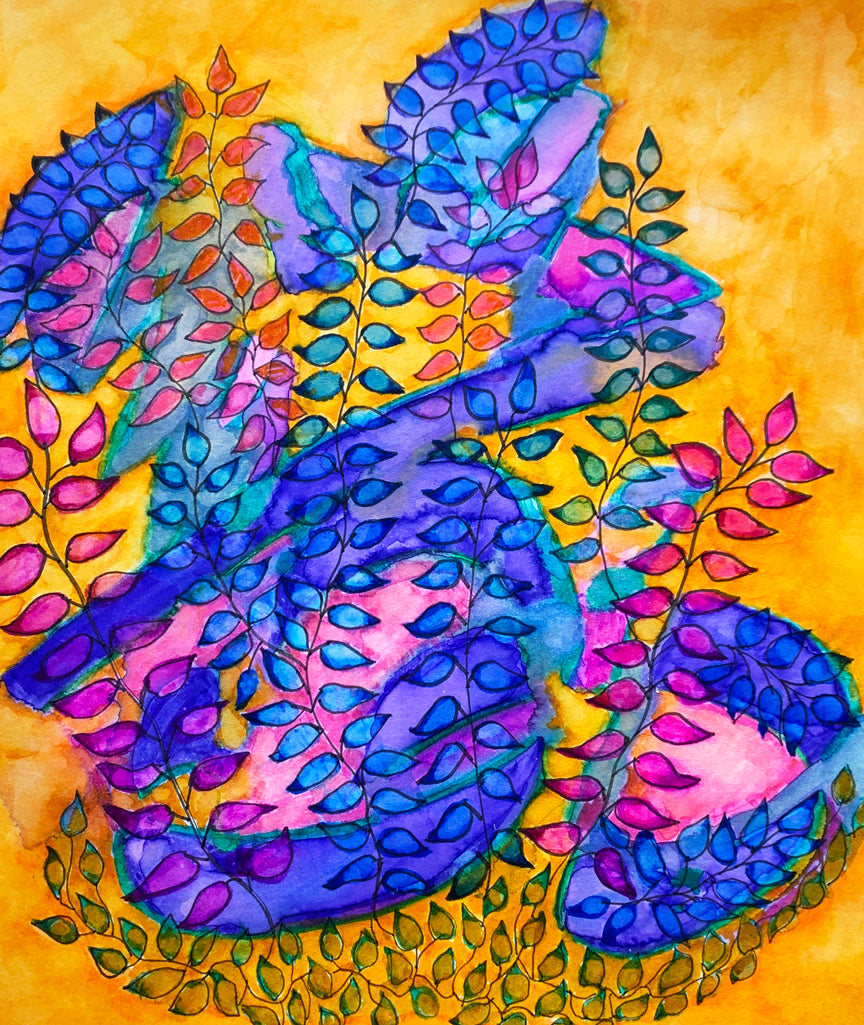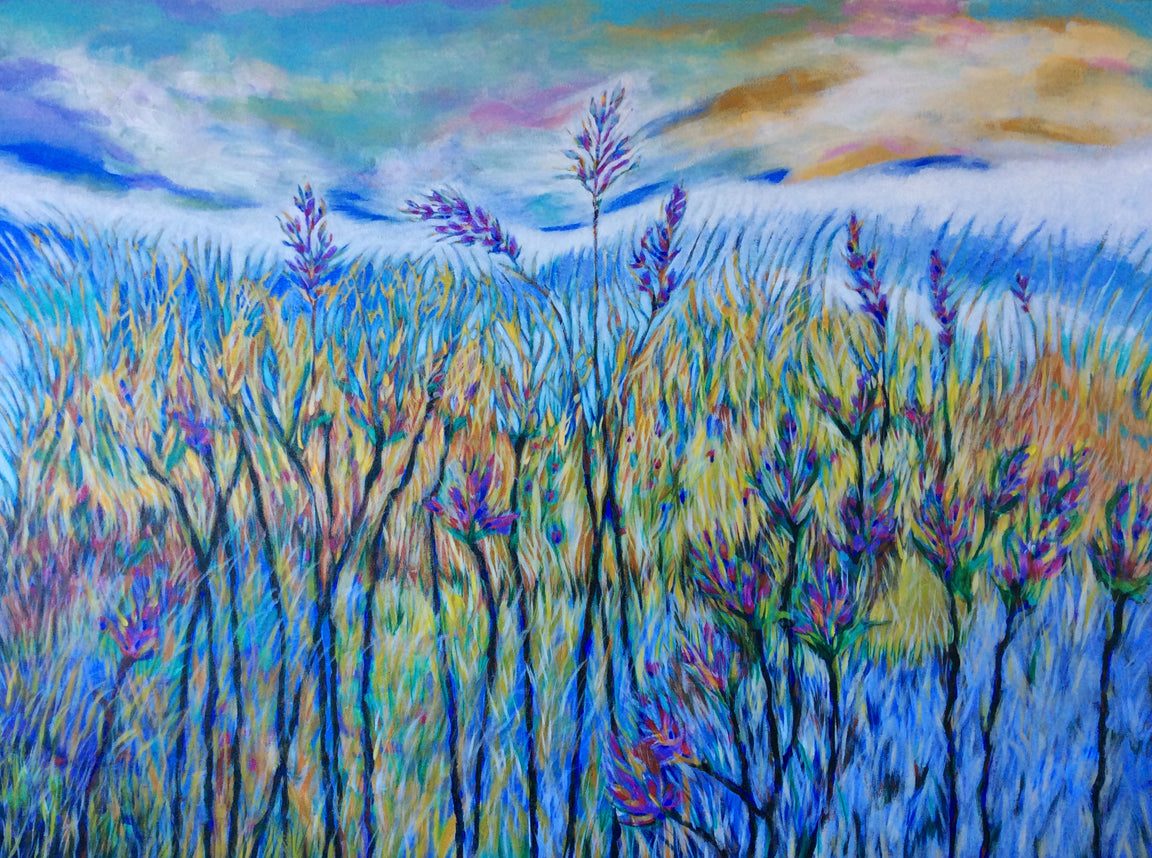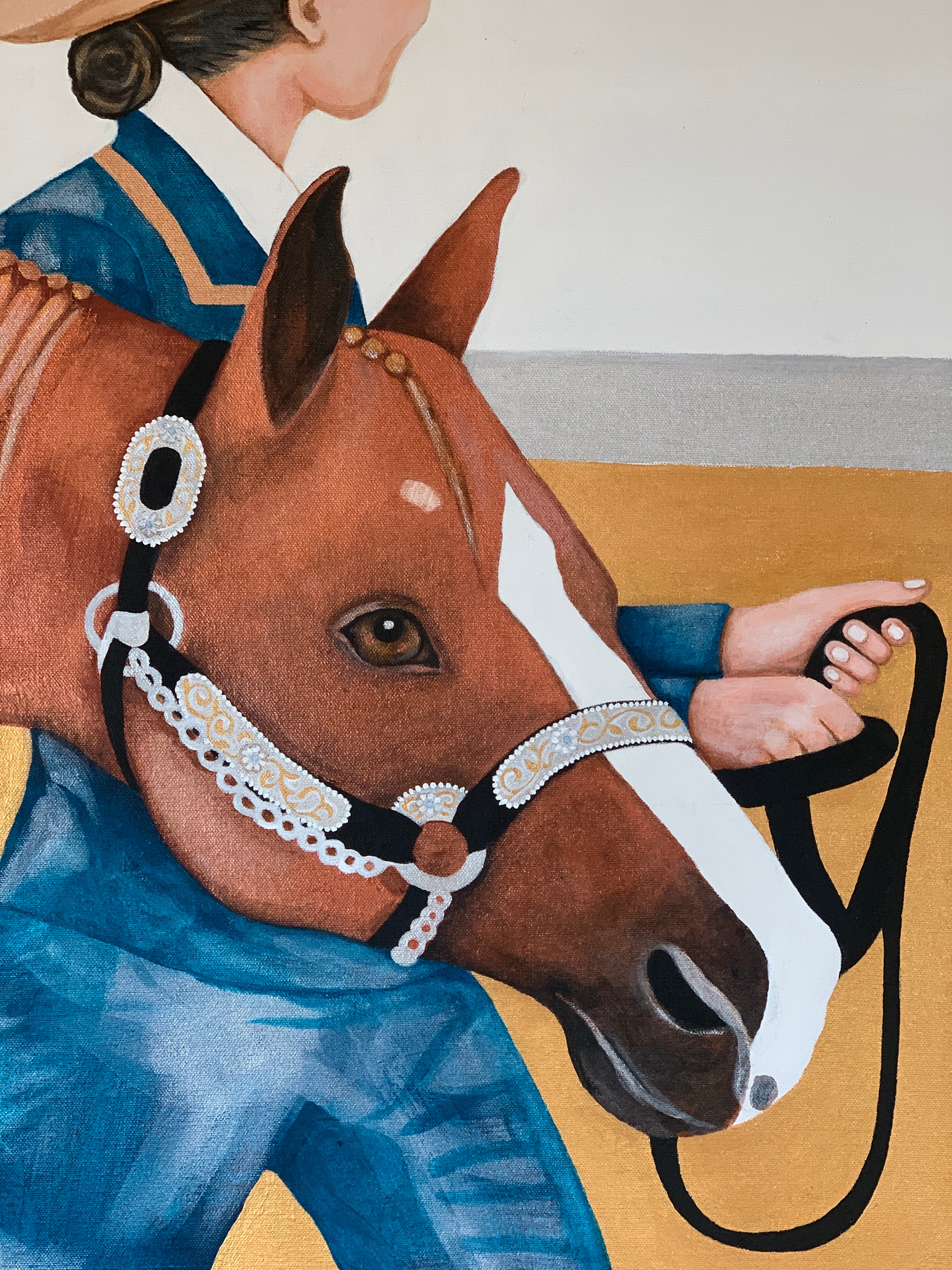Why is it that we are sometimes moved to tears by art?
Art is emotional because it has the power to evoke feelings and emotions in the viewer. Through the use of color, composition, and subject matter, artists can convey a wide range of emotions such as joy, sadness, anger, or nostalgia.
Additionally, art often reflects the artist's own emotions and experiences, making it a deeply personal and emotional form of expression. The emotional impact of art can vary greatly depending on the individual viewer's own experiences and perceptions.
Creating art is emotional for the artist, too. Artist's often choose colors intuitively, revealing themselves in each painting. Artists may choose color relationships that expose their own emotions, and in the process of creating their art, the color expresses how they feel.
Traditionally, colors have various emotional meanings:
- Red is associated with passion, energy and love
- Blue is associated with calmness, trust and stability
- Yellow is associated with happiness and optimism
- Green is associated with growth and harmony
- Purple is associated with luxury and creativity
- Orange is associated with warmth and enthusiasm
The choice of colors used by an artist can reveal their innermost feelings and thoughts.
Art has the power to evoke feelings, memories and connections within us.
Art can trigger emotional responses in viewers through color, tapping into subconscious thoughts and emotions.
Overall, art has the ability to communicate and express emotions in a unique and powerful way.
Art often conveys universal truths that transcend language and culture, touching us in profound ways.
Art is the expression of being human.
- Joy Calonico




Leave a comment
All comments are moderated before being published.
This site is protected by hCaptcha and the hCaptcha Privacy Policy and Terms of Service apply.